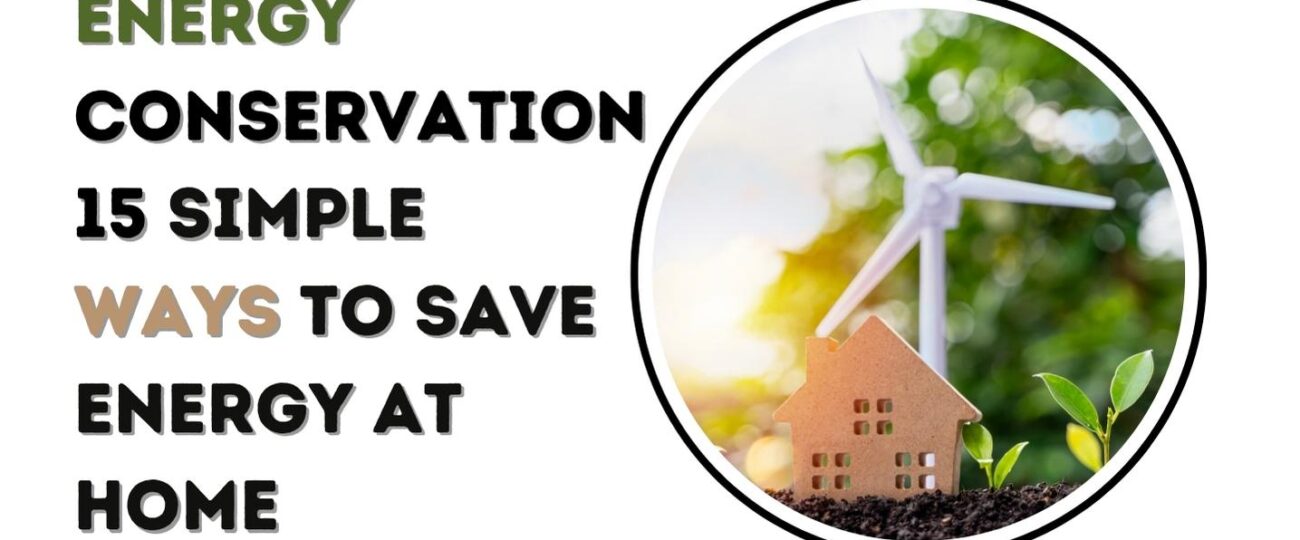Energy Conservation With 15 Simple Ways
Implementing energy conservation practices at home not only reduces your carbon footprint but also helps you save on utility bills. In this guide, we will explore fifteen simple ways to save energy and promote sustainability in your household.
- Use Energy-Efficient Light Bulbs
- Turn Off Electronics
- Unplug Chargers and Devices When Not in Use
- Use a Fan Instead of Air Conditioning
- Run the Dishwasher and Washer Only When Full
- Upgrade to Energy-Efficient Lighting
- Optimize Heating and Cooling Systems
- Utilize Natural Lighting and Ventilation
- Weatherize Your Home
- Harness the Power of Solar Energy
- Upgrade to Energy-Efficient Appliances
- Conserve Water
- Use Energy-Efficient Window Treatments
- Choose Energy-Efficient Cooking Methods
- Promote Energy-Saving Habits
1. Use Energy-Efficient Light Bulbs
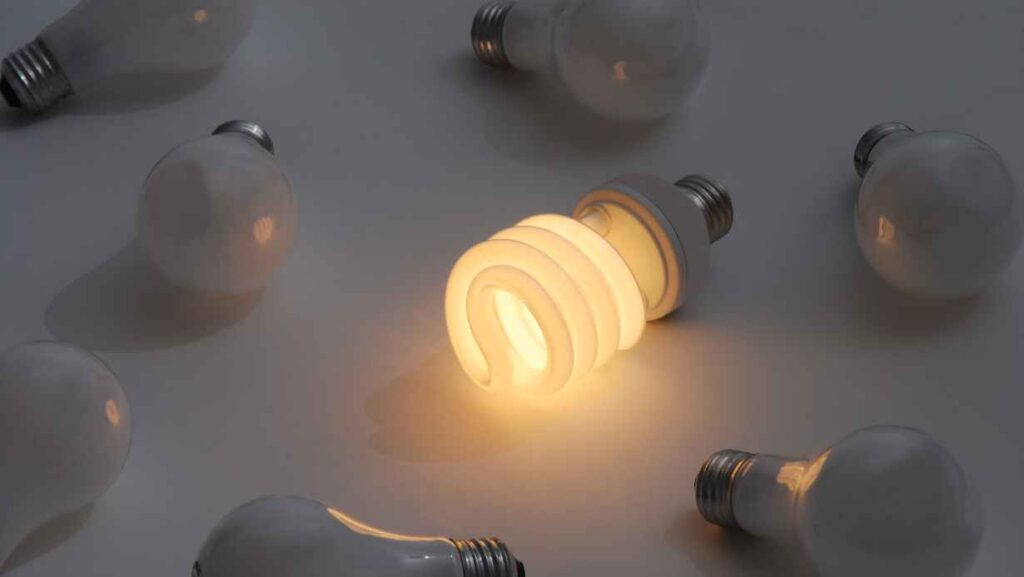
Switching to energy-efficient light bulbs is a smart and simple way to save energy at home. Here’s why and how to make the switch:
- Opt for LED or CFL bulbs: LED (light-emitting diode) and CFL (compact fluorescent) bulbs are highly energy-efficient and can last much longer than traditional incandescent bulbs.
- Energy and cost savings: Energy-efficient bulbs consume less electricity, resulting in reduced energy bills. They also have longer lifespans, reducing the frequency of bulb replacements.
- Choose the right brightness: Energy-efficient bulbs come in various brightness levels, allowing you to customize your lighting needs while maximizing energy savings.
- Replace gradually: Start by replacing the most frequently used bulbs with energy-efficient options, and gradually replace others as needed.
- Look for energy labels: When purchasing bulbs, check for the Energy Star label, indicating that the product meets strict energy efficiency guidelines.
By making the switch to energy-efficient light bulbs, you can enjoy long-term energy savings and contribute to a greener and more sustainable future.
2. Turn Off Electronics
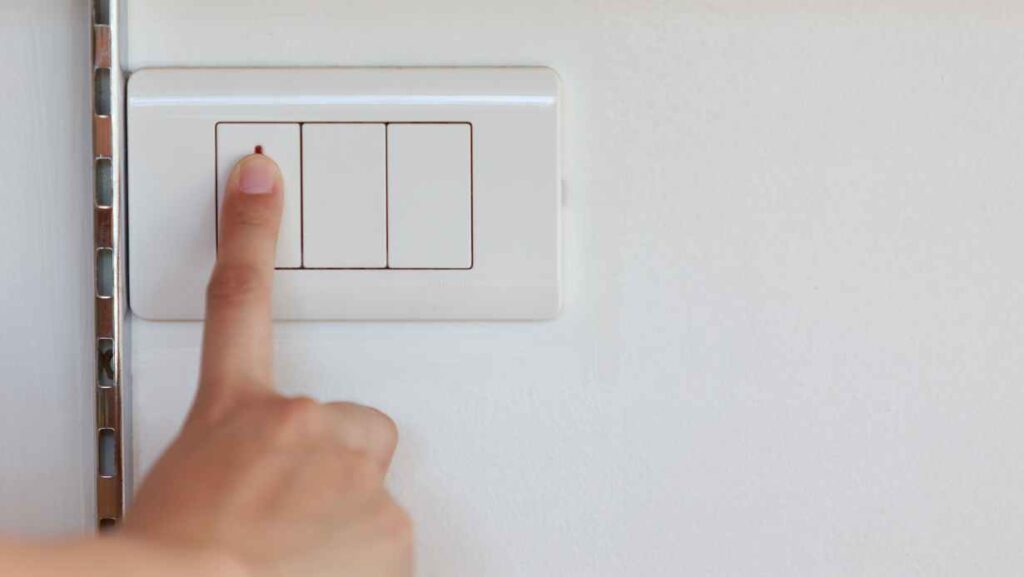
Turning off electronics when they’re not in use is a simple yet effective way to save energy and reduce standby power consumption. Here’s how you can make it a habit:
- Power down completely: When you’re done using electronic devices such as TVs, computers, or gaming consoles, turn them off completely instead of leaving them on standby mode.
- Unplug chargers: Chargers for phones, laptops, and other devices continue to draw power even when not connected to the device. Unplug them from the outlet to prevent unnecessary energy waste.
- Use power strips: Utilize power strips with switches to easily turn off multiple devices at once, cutting off their power supply entirely.
By being mindful of powering down and unplugging electronics, you can minimize energy usage and contribute to a more energy-efficient home.
3. Unplug Chargers and Devices When Not in Use
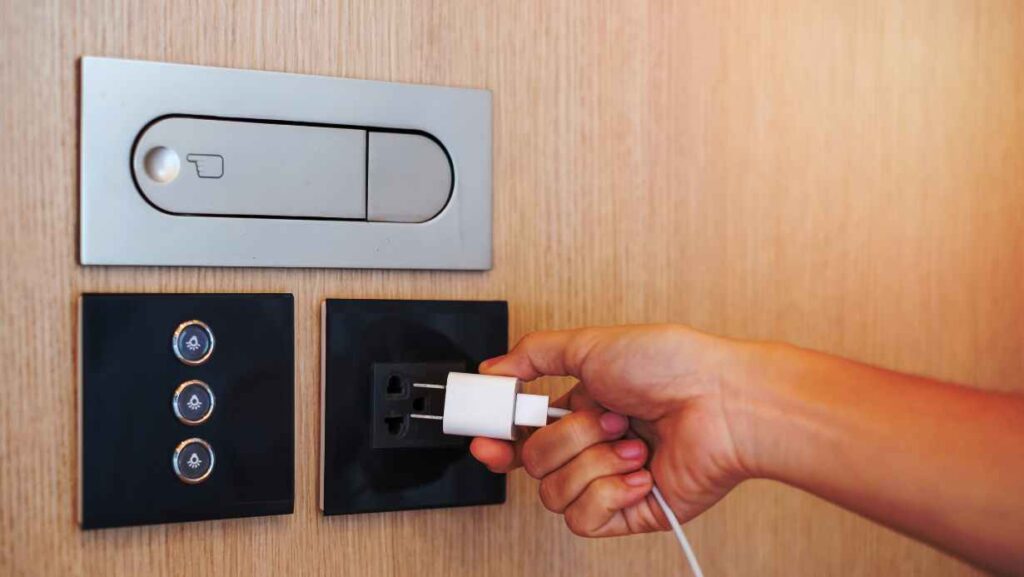
Unplugging chargers and devices when they are not in use is a simple yet effective practice to save energy and reduce standby power consumption. Here’s why and how you should make it a habit:
- Standby power consumption: Chargers and devices continue to draw power even when they are not actively charging or in use. Unplugging them prevents this standby power consumption.
- Convenience and safety: Unplugging chargers and devices not only saves energy but also reduces the risk of electrical hazards and extends the lifespan of the devices.
- Make it a routine: Develop the habit of unplugging chargers and devices when you are finished using them. Consider using power strips with switches for easy control and to cut off the power supply to multiple devices at once.
By being proactive and unplugging chargers and devices when not in use, you can significantly reduce energy waste and contribute to a more sustainable energy consumption pattern in your home.
4. Use a Fan Instead of Air Conditioning
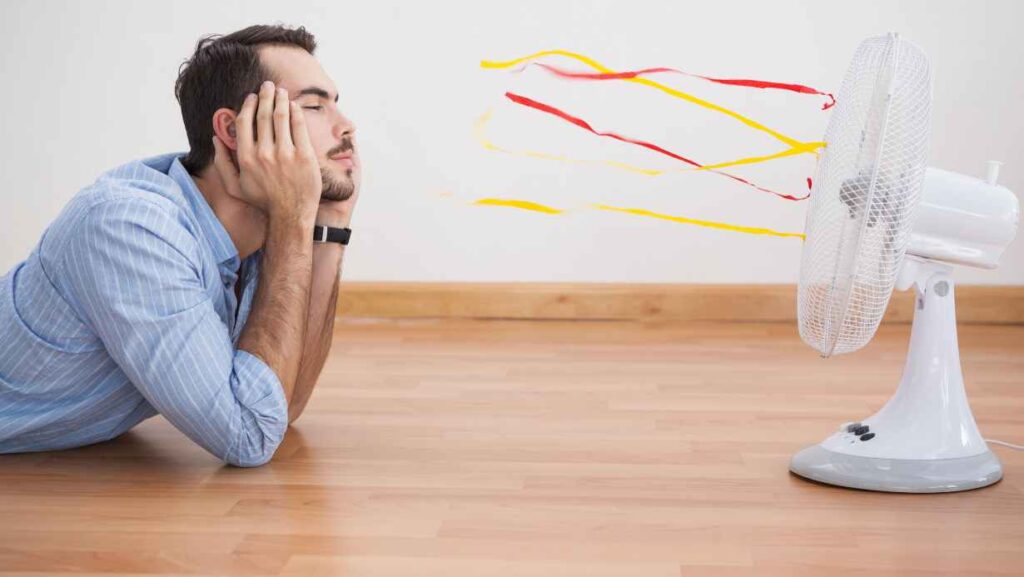
Using a fan instead of relying solely on air conditioning is an energy-efficient approach to staying cool and saving energy. Here’s why and how you can make the switch:
- Energy savings: Fans consume significantly less energy than air conditioners, resulting in lower electricity bills.
- Supplemental cooling: Use fans to enhance air circulation and create a breeze, which can make you feel cooler without relying heavily on air conditioning.
- Adjust temperature settings: Raise the thermostat temperature when using fans, as the wind chill effect can make the room feel cooler.
- Use ceiling fans: Install and utilize ceiling fans to circulate cool air efficiently throughout the room.
By incorporating fans into your cooling strategy, you can reduce energy consumption and maintain comfort while minimizing your environmental impact.
5. Run the Dishwasher and Washer Only When Full
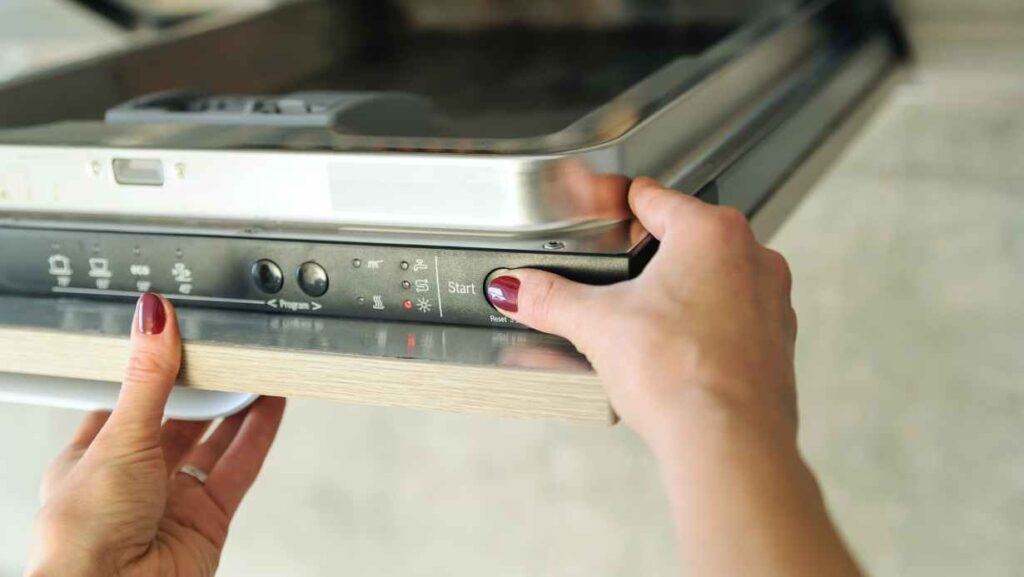
Running the dishwasher and washer only when they are full is a practical way to conserve energy and water resources. Here’s why and how you can adopt this energy-saving practice:
- Optimize appliance efficiency: Running these appliances with full loads maximizes their efficiency, as you make the most of each water and energy cycle.
- Reduce water consumption: By waiting to run the dishwasher and washer until they are full, you minimize the number of times you use these appliances, resulting in significant water savings.
- Time management: Plan your laundry and dishwashing routines to ensure you have enough items for a full load before starting the machines.
By practicing this simple habit, you can reduce energy and water waste while also saving on utility costs.
6. Upgrade to Energy-Efficient Lighting
Upgrading to energy-efficient lighting is a smart choice that can save money and energy. Here’s why and how you can make the switch:
- LED and CFL bulbs: Replace traditional incandescent bulbs with energy-efficient options like LED (light-emitting diode) and CFL (compact fluorescent) bulbs. These bulbs consume less energy and have longer lifespans.
- Energy and cost savings: Energy-efficient bulbs use up to 80% less electricity, leading to significant energy savings and lower utility bills.
- Environmentally friendly: Energy-efficient lighting reduces greenhouse gas emissions and contributes to a greener planet.
- Gradual replacement: Start by replacing the most frequently used bulbs with energy-efficient ones, and gradually upgrade the rest as needed.
By upgrading to energy-efficient lighting, you can enjoy long-term savings, lower energy consumption, and contribute to a more sustainable future.
7. Optimize Heating and Cooling Systems
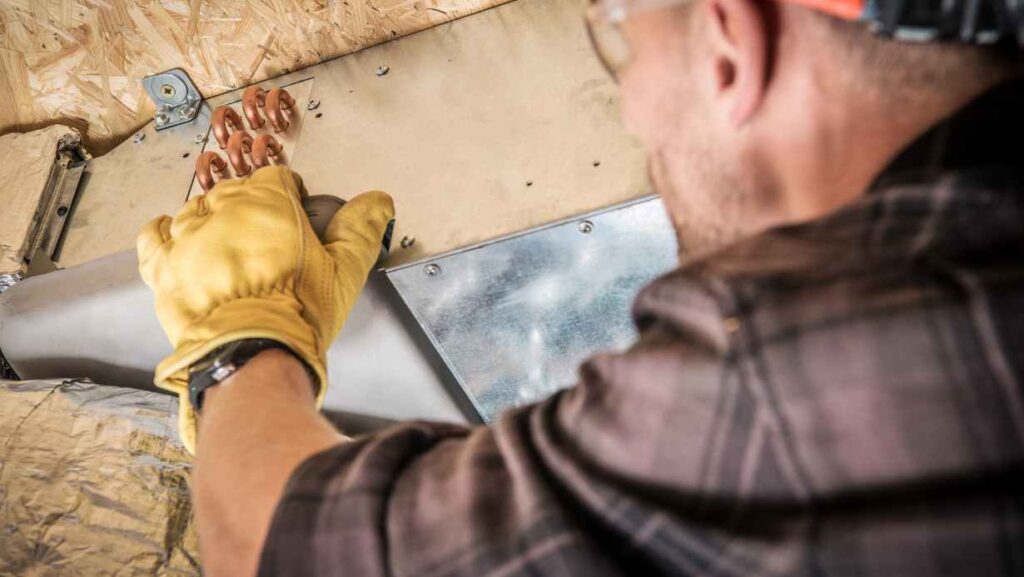
Optimizing your heating and cooling systems can help you save energy and create a more comfortable indoor environment. Here are some tips to maximize efficiency:
- Programmable thermostat: Install a programmable thermostat to automatically adjust the temperature based on your schedule, reducing energy usage when you’re away or asleep.
- Regular maintenance: Schedule regular maintenance for your HVAC system to ensure it operates efficiently. Clean or replace filters as recommended.
- Proper insulation: Insulate your home properly to minimize heat loss in the winter and heat gain in the summer, reducing the workload on your heating and cooling systems.
- Zone heating and cooling: Consider using zone-based controls to heat or cool specific areas of your home based on occupancy, avoiding unnecessary energy consumption.
By optimizing your heating and cooling systems, you can save energy, reduce utility bills, and create a more sustainable and comfortable living space.
8. Utilize Natural Lighting and Ventilation

Taking advantage of natural lighting and ventilation in your home not only saves energy but also creates a pleasant and healthier living environment. Here’s how you can optimize these natural resources:
- Open curtains and blinds: During the day, open curtains and blinds allow natural light to illuminate your living spaces, reducing the need for artificial lighting.
- Skylights and windows: Install skylights or larger windows in areas that lack natural light, maximizing the entry of sunlight.
- Cross-ventilation: Use natural airflow by opening windows on opposite sides of the room to create cross-ventilation, promoting fresh air circulation and reducing the need for air conditioning.
- Window treatments: Consider using reflective or light-colored window treatments to minimize heat gain during hot weather.
By incorporating natural lighting and ventilation techniques, you can decrease your reliance on artificial lighting and mechanical cooling, resulting in energy savings and a more sustainable home.
9. Weatherize Your Home
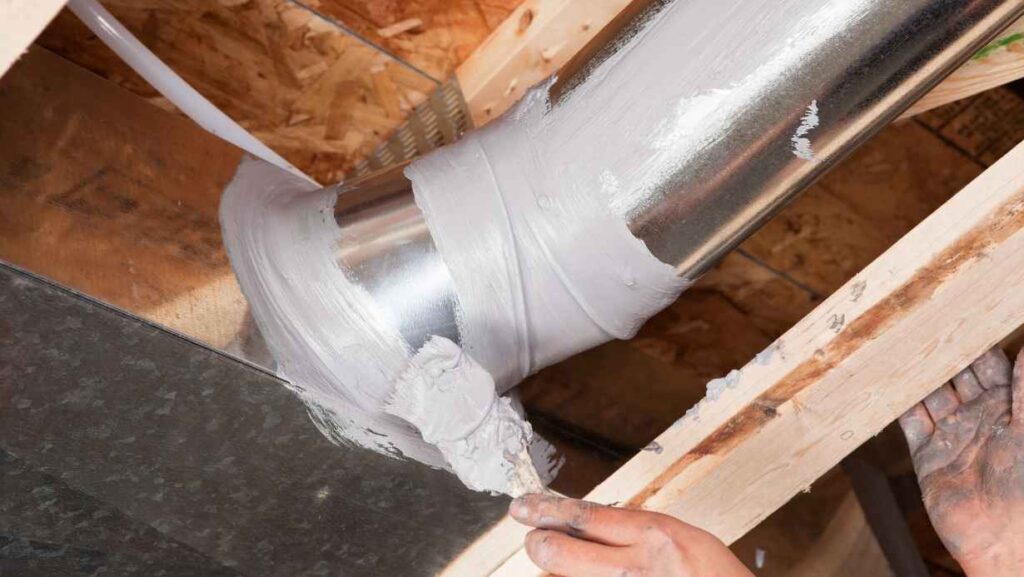
Weatherizing your home is an effective way to improve energy efficiency and reduce heating and cooling costs. Here’s how you can weatherize your home:
- Seal air leaks: Identify and seal any gaps or cracks in windows, doors, and walls to prevent drafts and heat loss.
- Insulate properly: Add insulation to walls, attics, and crawl spaces to minimize heat transfer and maintain comfortable indoor temperatures.
- Upgrade windows and doors: Install energy-efficient windows and doors that provide better insulation and reduce air leakage.
- Use window coverings: Use thick curtains or blinds to reduce heat gain during summer and prevent heat loss during winter.
By doing this, you can create a more comfortable living environment, save energy, and lower your energy bills.
10. Harness the Power of Solar Energy
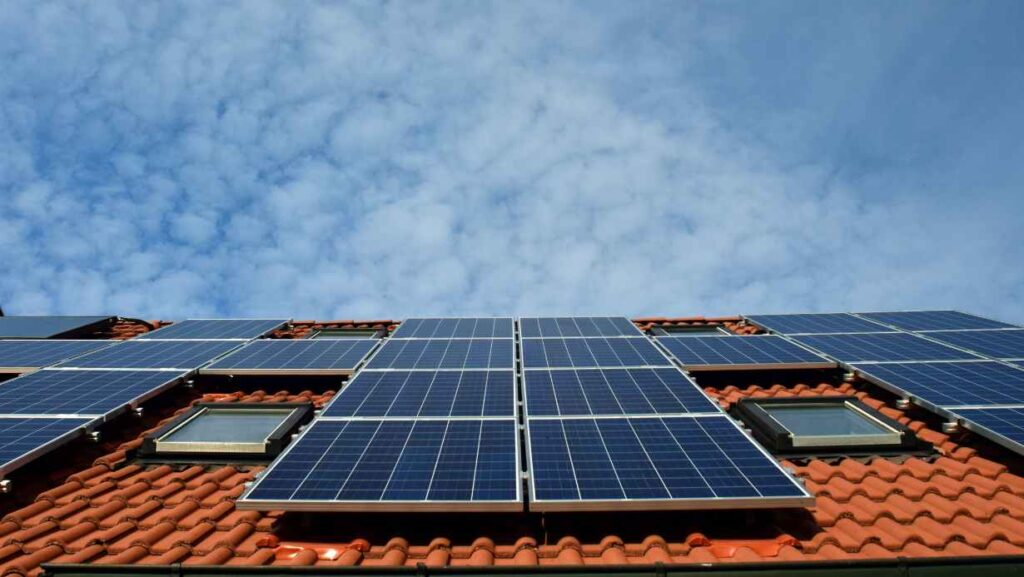
Harnessing solar energy is a sustainable and cost-effective way to power your home. Here’s how you can tap into the sun’s energy:
- Install solar panels: Consider installing solar panels on your roof to convert sunlight into electricity. This renewable energy source can significantly reduce or even eliminate your reliance on traditional grid electricity.
- Net metering: Take advantage of net metering programs offered by utility companies, which allow you to sell excess electricity generated by your solar panels back to the grid.
- Solar water heaters: Install a solar water heater to utilize solar energy for heating water, reducing the energy consumed by traditional water heaters.
- Solar-powered outdoor lighting: Use solar-powered outdoor lights to illuminate your pathways, garden, or patio, eliminating the need for electricity.
By harnessing solar energy, you can lower your carbon footprint, save on energy costs, and contribute to a cleaner and more sustainable future.
11. Upgrade to Energy-Efficient Appliances
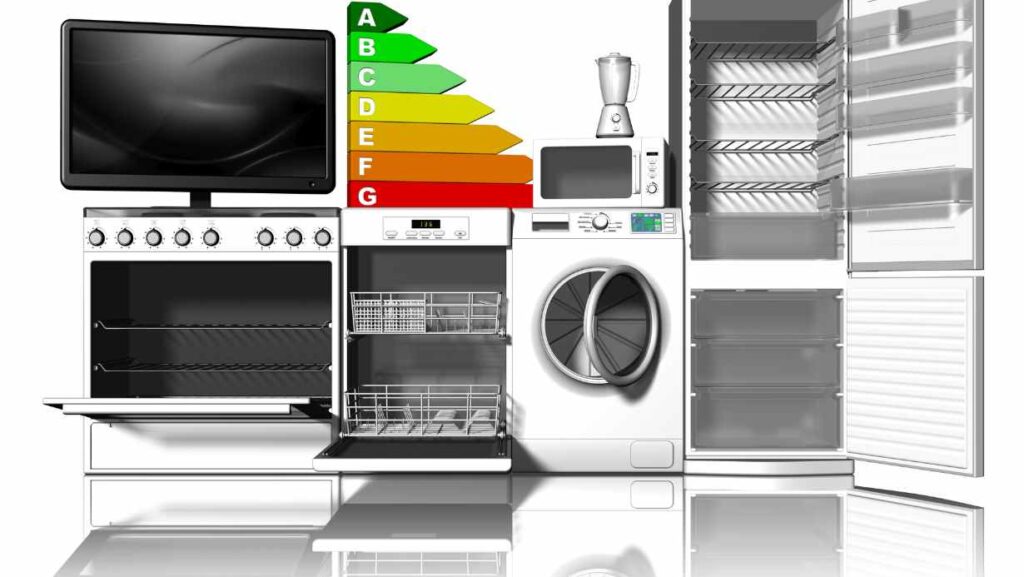
Upgrading to energy-efficient appliances is a smart investment that can help you save energy and reduce your carbon footprint. Here’s why and how you can make the switch:
- Energy savings: Energy-efficient appliances, such as refrigerators, washing machines, and air conditioners, are designed to consume less energy while providing the same level of performance.
- Energy Star certified: Look for appliances with the Energy Star label, indicating that they meet strict energy efficiency guidelines set by the Environmental Protection Agency (EPA).
- Consider lifecycle costs: Although energy-efficient appliances may have a higher upfront cost, they can lead to long-term savings through reduced energy consumption and lower utility bills.
- Proper disposal of old appliances: When upgrading, ensure that you responsibly dispose of your old appliances, either by recycling or donating them.
By upgrading to energy-efficient appliances, you can save energy, reduce greenhouse gas emissions, and enjoy long-term financial benefits.
12. Conserve Water
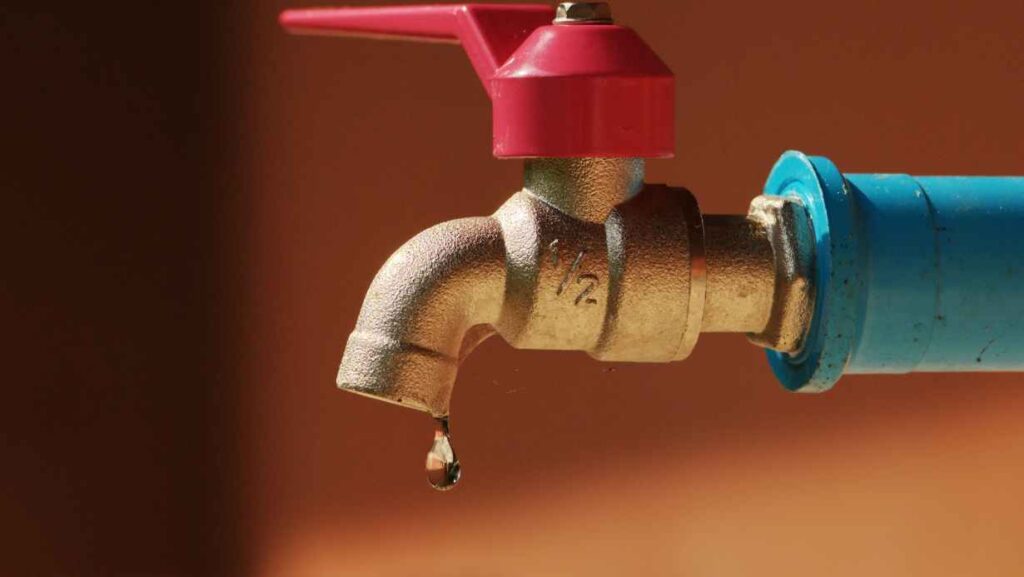
Conserving water at home is essential for sustainable living and reducing strain on water resources. Here are some tips to help you conserve water:
- Fix leaks promptly: Repair any leaks in faucets, toilets, or pipes to prevent water wastage.
- Shorten shower time: Take shorter showers to minimize water usage.
- Collect rainwater: Use rain barrels to collect rainwater for gardening and outdoor use.
- Opt for water-efficient fixtures: Install low-flow showerheads, faucets, and toilets to reduce water consumption.
- Water wisely: Only water your plants and garden when necessary, and use a watering can or drip irrigation system for efficiency.
By adopting water conservation practices, you can contribute to water sustainability and lower your water bills.
13. Use Energy-Efficient Window Treatments
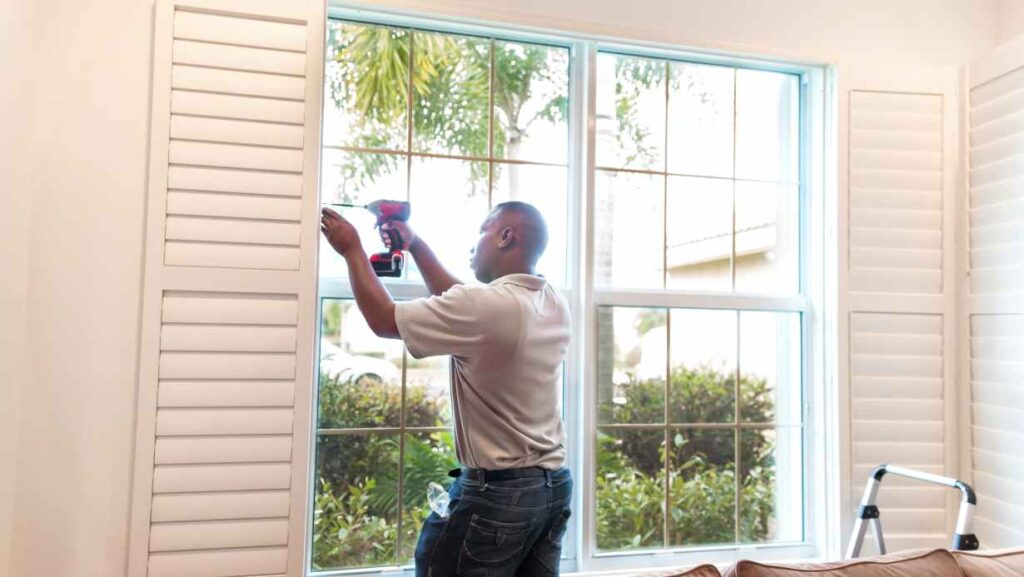
Choosing energy-efficient window treatments can significantly contribute to energy savings and enhance the comfort of your home. Here’s how you can optimize your window coverings:
- Insulated curtains or blinds: Install curtains or blinds with thermal insulation properties to reduce heat transfer through windows during hot summers and retain warmth during cold winters.
- Reflective window films: Apply reflective window films to minimize solar heat gain and glare, reducing the need for excessive air conditioning.
- Cellular shades: Use cellular or honeycomb shades that trap air and create an insulating barrier, improving energy efficiency.
- Motorized options: Consider motorized window treatments with timers or sensors for automated control, optimizing natural light and reducing the need for artificial lighting.
By selecting energy-efficient window treatments, you can enhance energy efficiency, control temperature, and reduce your reliance on heating and cooling systems.
14. Choose Energy-Efficient Cooking Methods
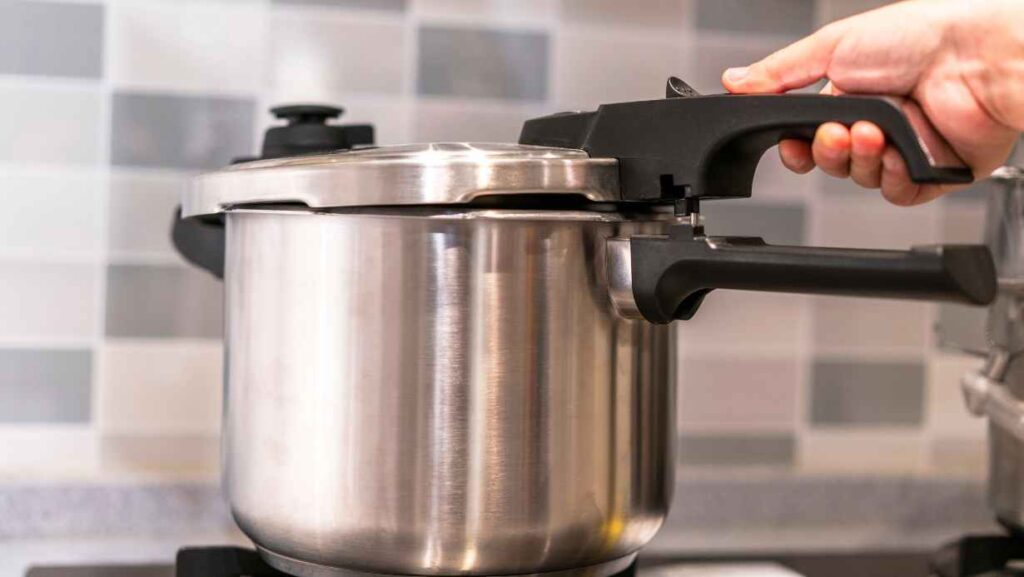
Opting for energy-efficient cooking methods not only saves energy but also helps you become more environmentally conscious in the kitchen. Here are some tips to make your cooking practices more energy-efficient:
- Match pot size to burner size: Use appropriately sized pots and pans that match the size of your burners to ensure efficient heat transfer and avoid unnecessary heat loss.
- Cover pots and pans: When cooking on the stovetop, cover your pots and pans to retain heat and reduce cooking time.
- Use pressure cookers: Utilize pressure cookers for certain dishes as they cook food faster, using less energy.
- Use the right oven settings: Preheat your oven only when necessary and avoid opening it frequently, as each time you open the oven door, heat escapes, requiring more energy to maintain the desired temperature.
- Use smaller appliances: Consider using smaller appliances like toaster ovens or microwave ovens for smaller meals instead of heating up a large oven.
By adopting energy-efficient cooking methods, you can minimize energy consumption and promote sustainable cooking practices in your home.
15. Promote Energy-Saving Habits
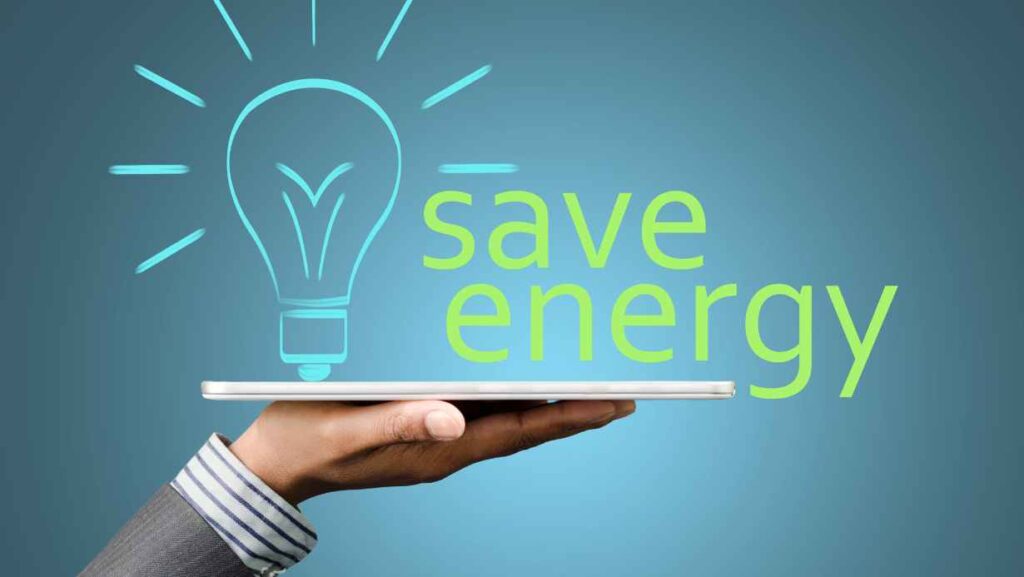
Developing energy-saving habits is crucial for reducing your environmental impact and conserving energy. Here are some practices to promote energy-saving habits in your daily life:
- Turn off lights and appliances when not in use.
- Unplug chargers and devices when fully charged or not in use.
- Adjust thermostat settings to optimize energy usage.
- Use natural lighting whenever possible and rely less on artificial lighting.
- Encourage shorter showers to conserve water and energy.
- Educate family members about the importance of energy conservation.
- Set up reminders or use smart home technology to monitor and control energy usage.
- Regularly maintain appliances and equipment to ensure optimal efficiency.
By promoting these energy-saving habits, you can make a significant impact in reducing energy consumption and creating a more sustainable lifestyle.
Conclusion
In conclusion, implementing simple energy-saving practices at home can make a significant difference in conserving resources, reducing utility bills, and promoting a sustainable lifestyle.
By adopting habits such as turning off lights, using energy-efficient appliances, maximizing natural lighting and ventilation, and being mindful of water usage, we can contribute to a greener future.
Additionally, upgrading to energy-efficient technologies, harnessing renewable energy sources like solar power, and promoting eco-friendly habits among family members further enhance our efforts.
Let’s embrace these changes and play an active role in preserving our planet for future generations.
FAQs
How Can I Conserve Energy at Home?
There are many ways to conserve energy at home, such as using energy-efficient appliances, optimizing heating and cooling systems, utilizing natural lighting and ventilation, and practicing energy-saving habits like turning off lights when not in use.
How Can I Harness Solar Energy?
You can harness solar energy by installing solar panels on your roof to convert sunlight into electricity. This renewable energy source can help reduce or eliminate your reliance on traditional grid electricity.
Are There Financial Benefits to Energy Conservation?
Yes, energy conservation can lead to financial benefits. By reducing energy consumption, you can lower your utility bills and potentially qualify for incentives or rebates for using energy-efficient appliances or renewable energy sources.
How Can I Encourage Energy Conservation Among Family Members?
Encourage energy conservation by setting a good example, educating your family members about the importance of saving energy, and implementing energy-saving habits together. You can also make it fun by setting challenges or rewards for meeting energy-saving goals.
See Also: Internet Faxing Made Simple: A Beginner’s Guide to FoIP

